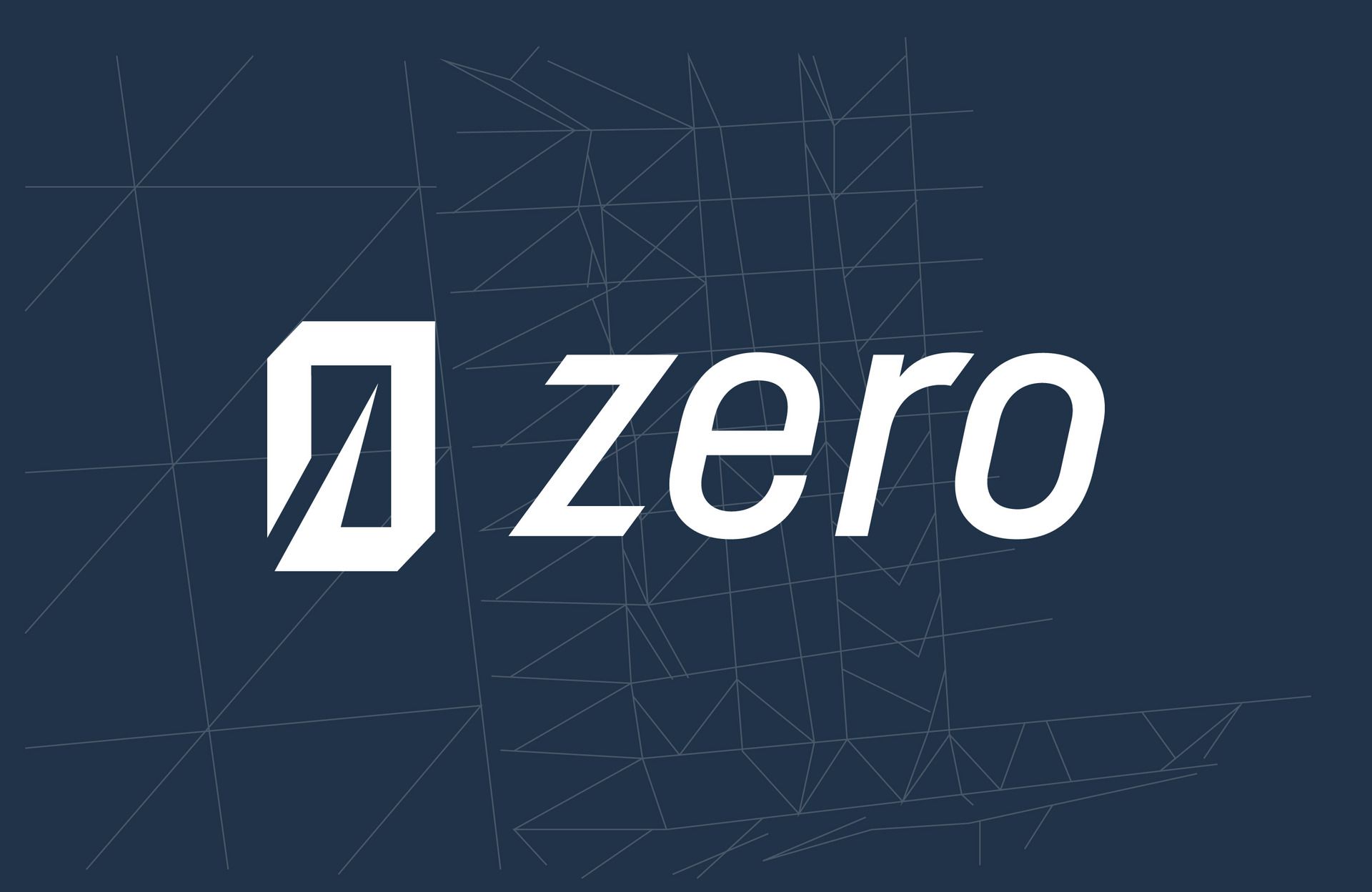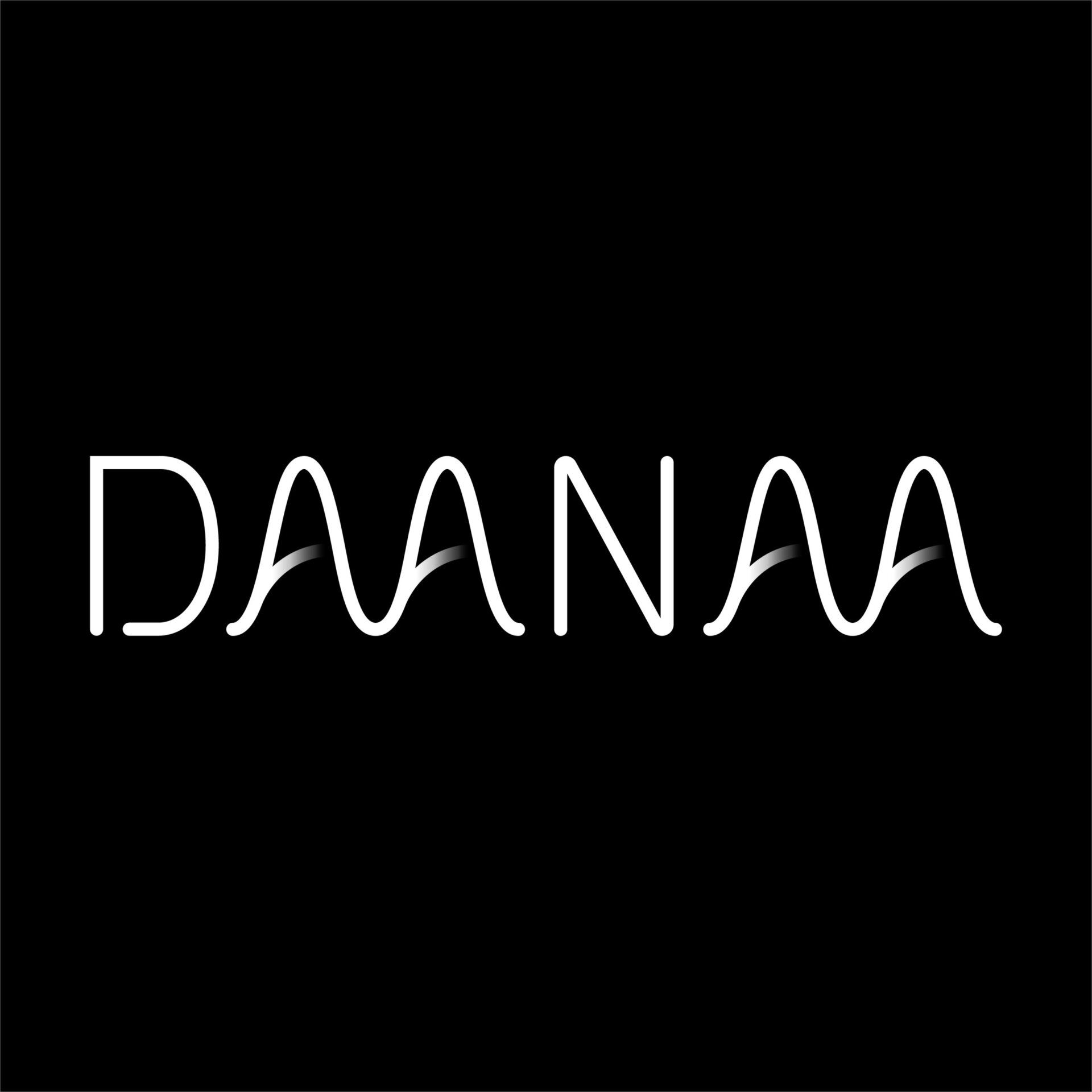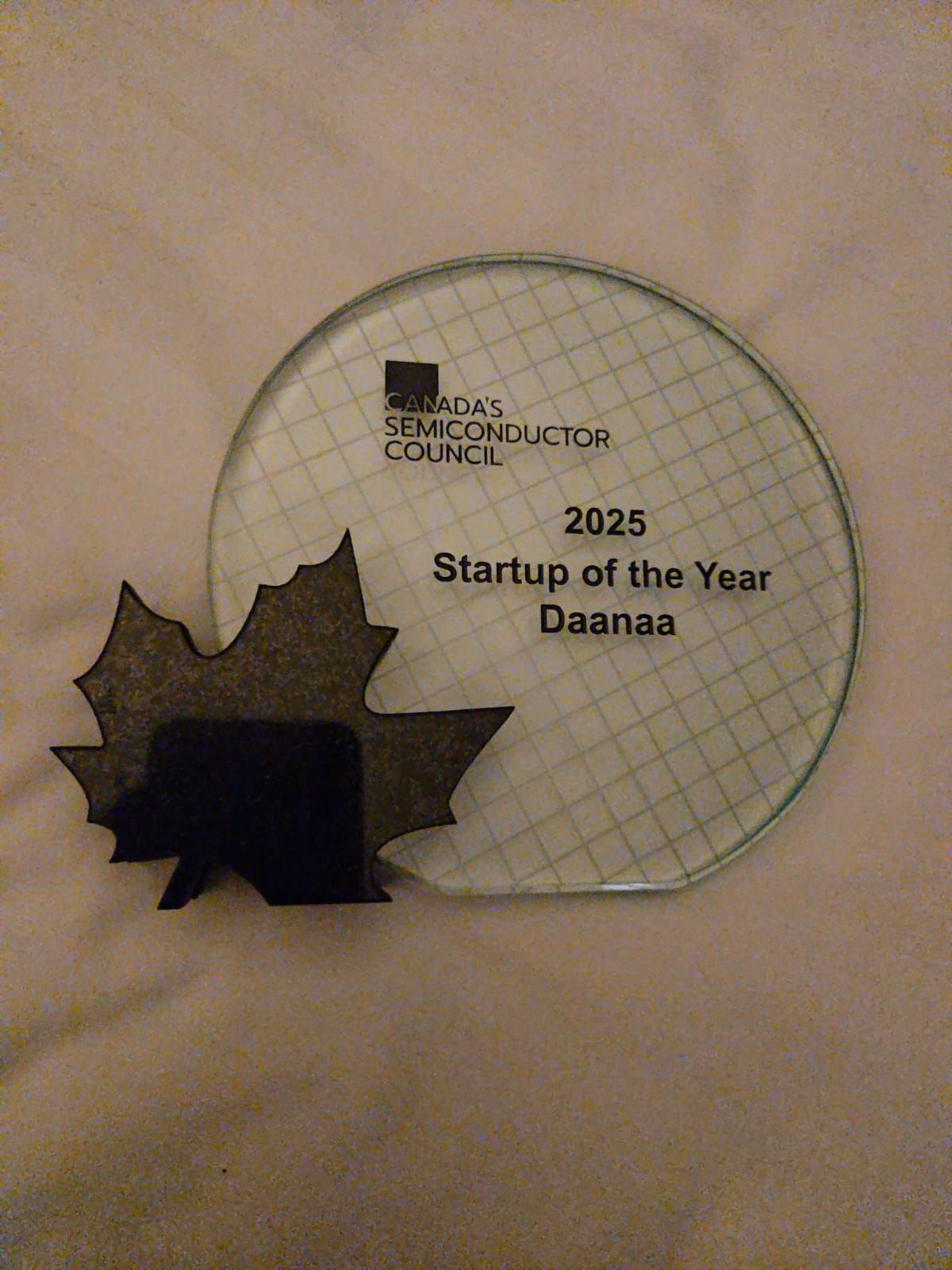Hi all, and for those who were in SF for Climate Week, welcome back!
First and foremost, to kick off May’s newsletter - we are thrilled to share that Gaiascope, another Fund I portfolio company, has been acquired by Engie, a multinational electric utility. This marks our second exit in Fund I and second exit of 2025! Gaiascope’s AI-powered trading platform brings real-time intelligence to wholesale power markets, enabling improved margin outcomes for energy asset owners and utilities navigating increasing market volatility. We invested in Gaiascope on a similar time horizon as Pearl Street (acquisition announced last month). This was at the beginning of Fund I where we identified significant bottle necks and room for margin improvement across the grid and energy market landscape.
The acquisition validates growing market demand for tools that operate at the intersection of energy, AI, and infrastructure. We are proud to have partnered early with founders Lauren Kuntz and Jessica Stiles and supported them through their early commercialization milestones. Huge congratulations to Gaiascope and we are excited for your next chapter with Engie!
And to transition to another signal of momentum in the industry… San Francisco Climate Week (SFCW). We are certainly all inundated with follow ups after a very dense week of learning and exchanging ideas in San Francisco. We will keep our newsletter short this month with a few key highlights from the week and brief portfolio updates.
We kicked off the week with an event cohosted alongside a set of fantastic and valued partners: HSBC Innovation Banking, Sabanci Climate Ventures. and S2G Investments. It was so special to see our founders, partners, and peers collaborating in person - we were humbled by the amount of familiar faces comprising the 200+ attendees. Thank you earnestly to all who came to make the evening so impactful and memorable, and to those who have asked -yes, we will make it a tradition!



It was wonderful to see everyone gathered, ready to collaborate and share ideas, throughout the week. The sessions were productive and inspiring as we discussed our goals and strategies. We made the most of the opportunity to connect, brainstorm, and drive our investment strategy and portfolio companies forward. And, we got lots of great team time:

Overall we are seeing cautiously healthy shifts - more discipline, a more focused universe building toward financing and collaboration structures which match company stage, timing, and roadmap to appropriate asset classes and partners. A few takeaways:
Volatility is now universally understood. We are post-election and now post-100 days. There was a stark change of tone from SFCW this time last year, and even NYCW in September. Conversations at these gatherings meddled market enthusiasm and macro anxiety with open questions. Previous fears are not playing out exactly as predicted and are ever evolving; the climate investment space must now treat continued policy volatility, elevated capital costs, and broad macro uncertainty as baseline operating conditions. Conviction is strengthening where fundamentals and alignment remain, even as government-backed outcomes fade and strategies become more focused. What remains positive is a smaller cohort of operators, investors, and strategics with durable theses and a clear view of what it takes to build through this current state. If you’ve read our previous newsletters, you know that this approach is paramount to VoLo Earth’s strategy.
Product-market fit establishes demand, but ecosystem fit determines scalability. Similar to the above, while product-market fit reflects a clear use case and customer willingness to adopt, it does not guarantee a path to scale—particularly in industrial and climate sectors. Ecosystem fit refers to a solution’s ability to integrate into the broader set of operational, regulatory, and financial systems in which it must function. This includes compatibility with permitting timelines, compliance requirements, incumbent workflows, long-term maintenance structures, and capital deployment models. Without ecosystem fit, even well-validated products struggle to scale in constrained environments.
As the exit question becomes increasingly central, the role of margin transfer remains overlooked. Capital is not cheap and (in the short run) it is not getting cheaper. Pressures on exits are compounding from upstream. While a focus on an early stage company’s margins is appropriate, we see a lack of emphasis on a perhaps more important question – what is happening to the margins for end-customers in a company’s target market? What does this mean for where will exits come from? Whose margins does this technology improve, and at what magnitude and reliability? This lens is particularly relevant in markets where ecosystem fit governs scalability, and where margin transfer can become a proxy for product market fit and longevity.
The AI nexus is moving energy into the generalist sphere. VoLo Earth has maintained that energy is not a vertical, but rather a horizontal, or an enabling layer, throughout the global economy. We continue to hear conversations orienting AI and the data center boom as a core driver of energy investment. We think it’s important to consider the other perspective - where, for generalists, AI is bringing this horizontal perspective of energy. Energy has become a board-level priority across technology, real estate, logistics, and finance as a core cost driver for some of the world’s largest companies. For AI and data infrastructure, focus on fundamentals and margins become even more critical - these potentially massive customers have little tolerance for inefficiency or downtime. With the increased focus, energy companies that are focused on the energy transition will continue growing in systemic relevance. Speaking a common language will be more important than ever in supporting portfolio growth.
First Of A Kind (FOAK) is becoming an asset class. We’re past the funding phase where first-of-a-kind projects could rely on narrative alone. Instead, investors now expect to underwrite FOAK with solid structure: defined risk, modeled capex, clear pathways to replication, and defined exit strategies. In turn we are watching the earliest edge of climate tech infrastructure mature into financeable categories sectors like green cement, direct lithium extraction, or refrigerants, expectations have evolved to demand more structured, complex solutions. If the business case can’t support a credible Cost of Capital story, or show how risk is reduced from FOAK to NOAK (several iterations in), it won’t attract serious scale capital. We view this shift as a positive step toward more reliable and scalable outcomes. It means repeatability and validation is the new currency, not exceptionality. That doesn’t mean the capital stack is fully formed - but the language, expectations, and underwriting frameworks are starting to converge. The next step is packaging this risk in ways institutions can understand and ultimately absorb.
The role of corporates is maturing - slowly, and unevenly. We’ve now seen enough cycles to know that there’s an ever evolving model for how corporates engage in this space. Some show up as LPs, others as direct investors, and many still blur the line between strategic and financial intent. The best are becoming more intentional; this means aligning capital with business units and focusing on growth-stage investments where their time horizons and internal complexity are less of a liability. There’s real value when it works: corporates bring distribution, credibility, and in some cases, non-dilutive scale. But there’s also some of the inverse. Misaligned incentives between investment teams and business units are still common. Resource constraints - especially on the startup side - mean a Proof of Concept and an equity conversation can’t always run in parallel. And for later-stage companies, the cost of failure in a corporate deployment is significant: these customers don’t tolerate downtime or learning curves. Either way, engaging corporates requires a very in-depth understanding of their unique complexity and intentional structure.
PORTFOLIO
Congratulations to our portfolio companies which made TIME’s list this year: Blue Frontier, Nth Cycle, ION and BlocPower making the list! This is a great complement to Cambium Carbon’s TIME feature.

24/7, Carbon-Free Geothermal
On the topic of in-person momentum: it was especially meaningful to see Ghazal Izadi named a 2025 Women of Influence just days after our event on Monday. It was a joy to watch her achievements at XGS (and more broadly) meet so much interest, excitement and support at our event. Things are heating up for XGS indeed…

Residential Electrification Platform
Zero Homes eyes $10M - $15M raise on the back of explosive growth. Residential electrification is a massive opportunity - as Zero CEO Grant Gunnison puts it “we have to make the value proposition so strong that it’s the only solution that makes sense.” And that’s exactly what Zero is doing - for homeowners, ur January newsletter for more on the market and Zero Homes.

High Performance Battery Separators
Sepion Technologies was named Best Commercialization Venture at the 2025 NREL Industry Growth Forum. After the news we shared in January, “Sepion adds $480M+ of market cap for new partner, Senior Tech, with JDA announcement” - the award is certainly well deserved. Congrats to IGF on 30th years as well!
Rain and Sikorsky (a Lockheed Martin company) conducted the first autonomous wildfire response successfully extinguishing propane and brush fires. Integrating Sikorsky’s MATRIX autonomy with Rain’s fire mission software, the system located, targeted, and suppressed fires with minimal human input. The missio a breakthrough in rapid, scalable wildfire response

Wireless Power Transaction
Danaa is officially releasing its “nano-inverter” to market which will revolutionize solar panel production and electrical output. The applicability of Daanaa’s revolutionary technology only continues to widen.
Daanaa was also recently recognized as the "2025 Startup of the Year" by Canada's Semiconductor Council"
